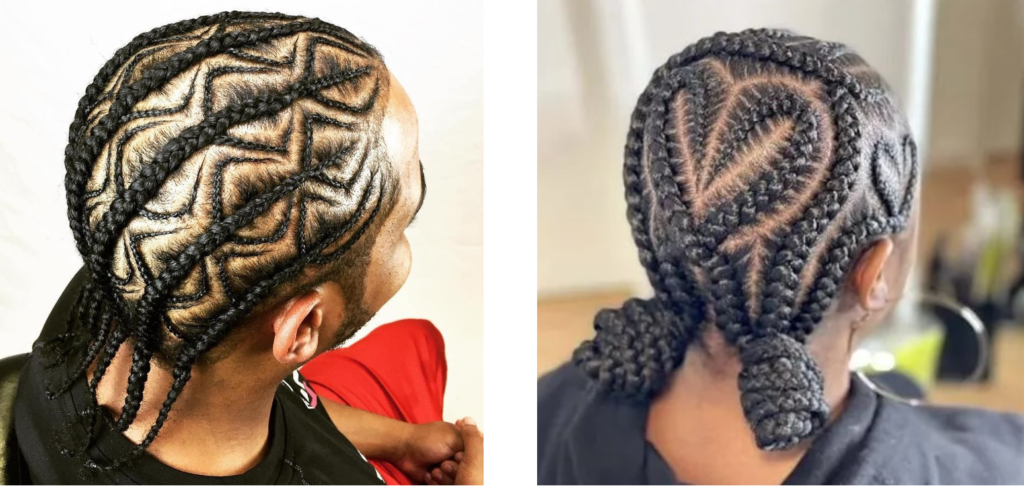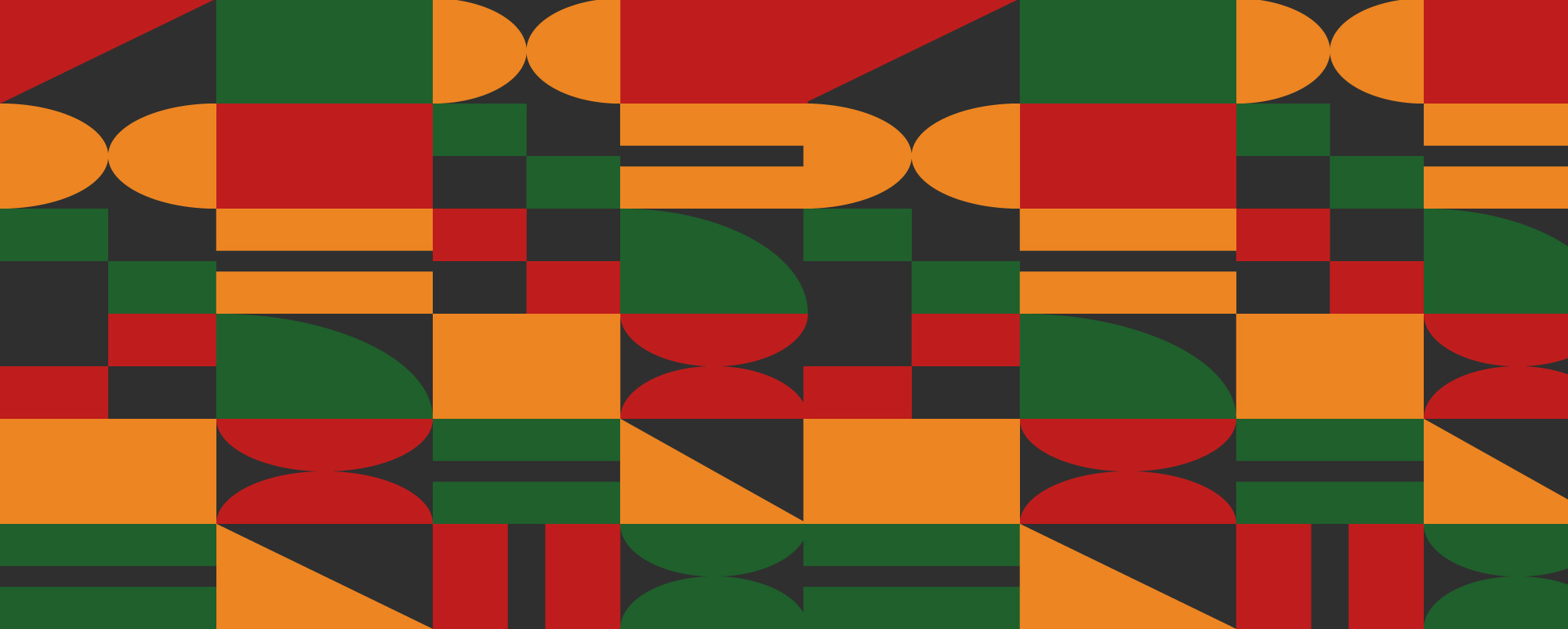Black Hair Day
Black hair has influenced so many styles through
the ages. Here we find out more about its history, some common myths busted, and how we feel about our hair.
Mythbusting

Naturally long black hair – Women of the Mbalantu tribe 
Naturally long hair that has been relaxed
Myth no. 1. Black hair doesn’t grow.
One of the biggest misconceptions! It grows just as fast and long as anyone else’s. The Mbalantu women, as seen on the front page, traditionally grow their hair floor length!
Myth no. 2. Black women wear wigs because they’ve got little or no hair.
These are the reasons we wear wigs or weaves:
- To avoid constant manipulation of the hair, which can damage it
- As a protective style
- Versatility i.e. colour, length, style without manipulating hair
- A time saver—get up and go!
Myth no. 3. It’s uncontrollable.
Just like anyone’s hair, it needs attention and care but is far from uncontrollable.

Six Things You Should Know About Black Hair History
1. Hair was a sacred cultural and spiritual symbol in ancient African societies.
Ancient African communities fashioned their hair for more than just style. Throughout the continent, a person’s hairstyle could tell you a lot about who they were and where they came from.
2. Slave traders shaved the heads of all African people they captured—the first step in a process of systemic culture and identity erasure.
When their hair grew back, they no longer had access to the herbal treatments, oils and combs from their homeland. Hair that was once was once a source of pride and expression of identity was often tucked away beneath cloth to cover rough, tangled tresses and shield them from hours spent toiling under the sun.
3. Hair texture and styling played an important role in the survival of enslaved Black people.
Texturism, the belief that certain hair patterns are better than others, became widespread during the era of slavery. The texture of an enslaved person’s hair could determine their value and working conditions, which in turn might impact their overall health, comfort and chances for freedom.
4. Laws passed in the US in the 18th century forced Black women to cover their hair in public.
When free Black women in the South started wearing their hair in beautiful, elaborate styles that attracted a lot of attention, many saw it as a threat to the status quo. So, in 1786 the governor of Louisiana passed the Tignon Law, which required Black women to wear a tignon (scarf or wrap) over their hair as a way of signifying that they were members of the slave class, even if they were “free.” They followed the law, but rebelled by wearing beautiful, colorful fabrics adorned with jewels, turning the head wraps into glamorous, empowering fashion statements.
5. In the 1960s, the ‘Afro’ became a symbol of self-empowerment and activism.
6. Institutional bias against Black hair still exists today, and will continue to exist if we don’t push for change.
– Source: odelebeauty.com
Poetry Corner
Love The Hair You Wear My hair can be fuzzy, my hair can be straight, My hair can be wavy or curly. My hair can be short or long as I like When I wear my ‘fro’ it can be high as a kite. My hair can be silky or soft as lamb’s wool On a hot summer’s day it keeps my head cool. I can wear it up or down if I please; Put in a pony or two plaits like these. Sometimes I have bunches on either side Just like my mum doing the Electric Slide! Canerows or cornrows, call them what you please; So many styles to choose from sometimes it’s a tease. My hair grows nicely, believe it or not. At times I wear it in Bantu Knots. I can have beads, I can have ribbons, or plaits with gold string— Whatever I like, whatever is “in”. I sit and chat with mum as she lovingly grooms my hair That feeling of contentment that she’s ever near. “Can I touch your hair?” I answer, “No, you cannot.” Mum’s words of wisdom I have not forgot. “Love your hair, child, and the beauty of it! It’s unique in its formation, a special gift. Its not a secret to hide under your hat. Wear it with pride, simple as that!!” Every kink, every curl, every wave, every whirl, This is MY hair and I LOVE it! When I look in the mirror I do not frown, I look up and see my Nubian Crown. It suits me fine. I am in love with MINE. You’ll understand in time I’m a Nubian Princess. You can’t put me down, I own my crown - I’m a Nubian Princess! -poem by Freda
Reader Corner
The team have compiled a list of authors and books they recommend for further reading:
Zora Neale Hurston (1891—1960)
The most popular of her four novels is Their Eyes Were Watching God, published in 1937. She also wrote more than 50 short stories, plays, and essays.
Langston Hughes (1901—1967)
One of the earliest innovators of the literary art form called jazz poetry, Hughes is best known as a leader of the Harlem Renaissance.
Richard Wright (1908—1960)
Wrote the famous 4-part series Uncle Tom’s Children (1938)
Ralph Ellison (1914—1994)
His most acclaimed book was Invisible Man (1952)
Alex Haley (1921—1992)
Most famous for his Pulitzer prize-winning novel Roots—made into a TV series in the 70’s
James Baldwin (1924—1987)
Wrote many novels, essays, short stories , plays and poetry
Maya Angelou (1928—2014)
Renowned poet, author and civil rights activist
Toni Morrison (1931—2019)
Won the Pulitzer prize in 1988 and awarded the Nobel Prize for Literature in 1993
Octavia Butler (1947—2006)
Received the Hugo Award for best short story—Speech Sounds, 1983
Alice Walker (1944—)
First black woman to win the Pulitzer Prize for Fiction, for The Color Purple




